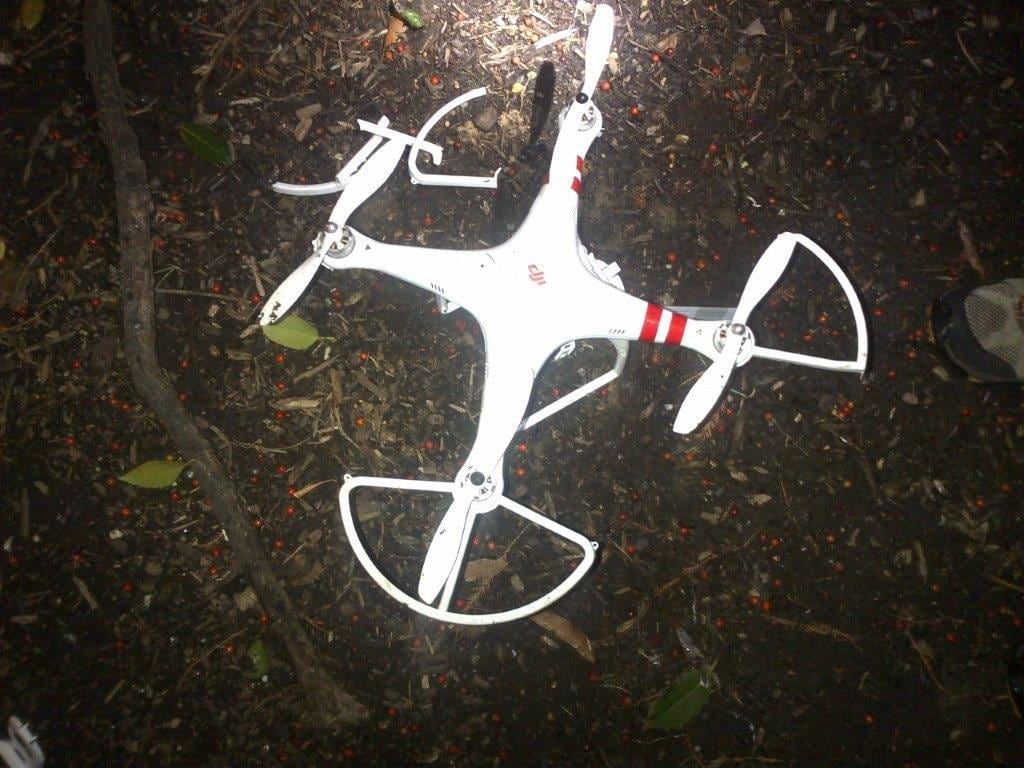Lockheed Martin says it has successfully tested its anti-UAS system Icarus and has begun making the rounds of potential military and civilian buyers.
In an exclusive interview with C4ISR & Networks at Association of the U.S. Army annual meeting in Washington, D.C.this week’s AUSA meeting, company executives said their new device comes in response to a growing threat from unmanned aerial systems in both the military and civilian arenas.
Douglas Booth, Lockheed Martin Information Systems and Global Solutions' cyber solutions director, LM IS&GS Defense & Intelligence Solutions, pointed to a number of recent high-profile events, including to make the point. These include an effort in Japan to deliver a radioactive payload via UASdrone, andas well as the September crash of an unmanned craft drone in front of a podium where German Chancellor Angela Merkel was speaking. Such events demonstrate the escalating threat of UAS and help to explain the drive to find a response.
Packed into a box weighing about 20 pounds, Lockheed Martin’s response uses three sensors to identify potential unmanned systemsdrones. A radio frequency (RF) sensor can isolate command and control communications signals while that may be particular to an unmanned systemdrone.Aacoustic sensors and imagery sensors likewise seek out and pinpoint artifacts potentially identified with UASunmanned craft. In some cases, Icarus looks for a signature or pattern typically associated with unmanned systemsdrones. In others, Icarusthe system matches sensor readings against specific known patterns culled from a database of systems available in the marketplace.of signatures known to be generated by particular drones now in the marketplace.
Operators get a visual readout in the form of a screen showing local geography and highlighting the likely threat.
Once a UASdrone is identified, a number of potential scenarios can play out. Operators can jam communications to the drone, or they can take over the command and control systems of the vehicle, overriding electronics to either bring the UAS in for a landing, crash it into the round, or disable select systems — for instance, turning off the camera.
In theory, Icarus can also shoot down the threat vehicle, although this capability isn't built into the system. Rather, the modular nature of Icarus would allow a user to weaponize the system, should that be the desired end result, Booth said. Lockheed Martin says it will work with potential customers to develop specific deployment plans.
The company is playing certain Icarus details somewhat close to the vest. Consider for example the multiplicity of UASdrones and operating systems in use today. Can Icarus really spot them all? Booth would only say that Icarusit works. Nor would he disclose success rates, or false positives for that matter, in company testing and evaluation. The sensor range of Icarus also is proprietary, although Booth said multiple units can be daisy-chained to extend its sphere of detection.
Price is also under wraps for now, although Booth noted that advanced evaluations presently are under way among both military and civilian customers.
Details notwithstanding, Lockheed Martin’s strategy is clear enough. UASDrones are getting bigger, more robust and more ubiquitous. They are a growing threat, and the company clearly expects a growing demand for effective neutralization strategies.
Visit our Show Reporter for full coverage of the 2015 AUSA annual meeting and exposition.








